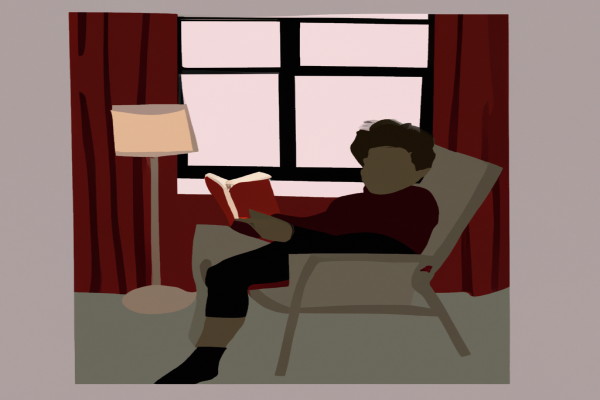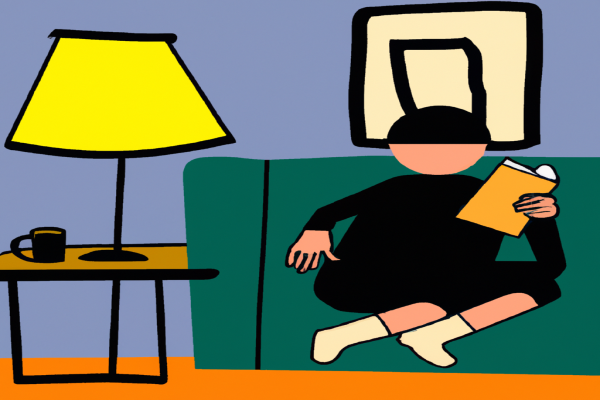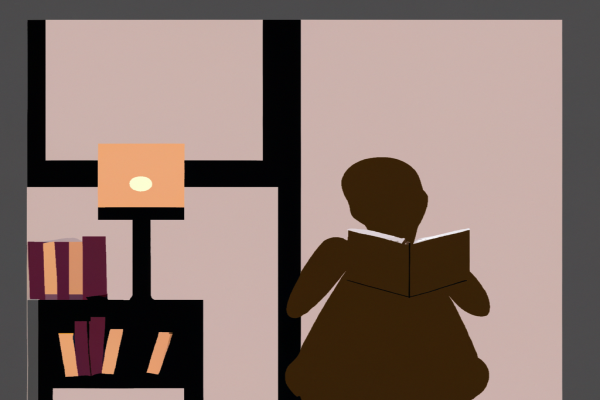Braiding Sweetgrass: Summary

Braiding Sweetgrass, written by Robin Wall Kimmerer, is a collection of essays that explore the relationship between humans and nature. It focuses on the importance of respecting and understanding our natural world and how this knowledge can be used to create a more sustainable future. Kimmerer draws on her expertise as an ecologist, plant biologist, and member of the Citizen Potawatomi Nation to weave together stories about traditional ecological knowledge, scientific research, and personal reflections. Through these stories, she encourages readers to recognize their dependence on nature and to develop a deep sense of gratitude for all that it provides.
Want to know more?
What is Braiding Sweetgrass about?
The main themes of Braiding Sweetgrass by Robin Wall Kimmerer are interconnection, reciprocity, and respect. Kimmerer's writing is a blend of traditional indigenous knowledge and modern science that explores the relationship between people and the natural world. She argues that humans have a reciprocal responsibility to the land, and that understanding this connection to the land is essential to creating a sustainable future. The book also emphasizes concepts of gratitude, humility, and interconnectedness, as well as offering practical advice on how to live in harmony with nature.
Braiding Sweetgrass: Book Club Questions
- How does Robin Wall Kimmerer’s writing style reflect her Indigenous worldview?
- What are some of the main messages in Braiding Sweetgrass?
- How does Kimmerer's concept of “reciprocity” as an ethic of mutual responsibility influence our understanding of nature and ourselves?
- What are some of the spiritual practices that Kimmerer suggests we engage with to deepen our relationship with the natural world?
- How can we use Kimmerer's teachings to cultivate a greater appreciation for the interconnectedness of all living things?
- What are some ways that we can embody the concepts presented in Braiding Sweetgrass in our daily lives?
- In what ways does Kimmerer's narrative challenge the traditional Western view of nature as something separate from us and something to be controlled or dominated?
- What are some of the differences between Indigenous knowledge systems and scientific methods for understanding our environment?
- How is Braiding Sweetgrass relevant to current social issues such as environmental justice and climate change?
- What would Kimmerer say are the most important steps we can take to build a more just and sustainable future?
What to say about Braiding Sweetgrass
- Braiding Sweetgrass is an engaging and thought-provoking exploration of the connections between Indigenous wisdom and modern eco-consciousness.
- The author's writing style is beautiful and vivid, creating powerful images of nature and the human experience.
- Each chapter is a journey of self-discovery that allows readers to reflect on their own relationship with the natural world.
- The unique blend of personal stories, traditional teachings, and scientific research create an enjoyable and informative reading experience.
- The book provides a fascinating insight into the importance of honoring all parts of creation, as well as our own role in protecting our environment.
- It is a timely reminder that we need to respect our planet and its inhabitants if we are to survive as a species.
- Braiding Sweetgrass is an inspiring look at the way Indigenous people have managed to maintain their connection to the land despite colonial oppression.
- The author's use of storytelling to illustrate her points makes this book both enjoyable and effective in conveying her message.
- The combination of spiritual enlightenment and ecological awareness found in Braiding Sweetgrass offers readers a unique perspective on how we can better care for our planet.
- This book serves as a reminder that we are intertwined with each other, with nature, and with our future generations - a powerful message for everyone to take away from this wonderful book!
Top 5 Quotes from Braiding Sweetgrass
- "The world begins again with every morning, and every morning we are given a chance to start our lives anew."
- "We are the ones we have been waiting for."
- "It is not enough to know the names of plants; we must also sense them in our hearts."
- "We are all connected to each other, and when one part of the web is damaged, the rest of us feel it too."
- "The most effective way to live is within the cycle of the seasons, paying attention to the natural order of things."
Adaptations of Braiding Sweetgrass
There are currently no TV, film, radio, podcast or theatrical adaptations of Braiding Sweetgrass.
Other books by Robin Wall Kimmerer
- Gathering Moss: A Natural and Cultural History of Mosses
- The Land Ethic: A New Framework for Survival
- Kimmerer's Field Guide to the Plants of the Hiawatha National Forest
- Ranging the Grasslands: Reflections on Designing Nature and Finding Our Place Within It
Did you know?
Braiding Sweetgrass is the first book written by Indigenous author Robin Wall Kimmerer that has been published in over 20 languages.




